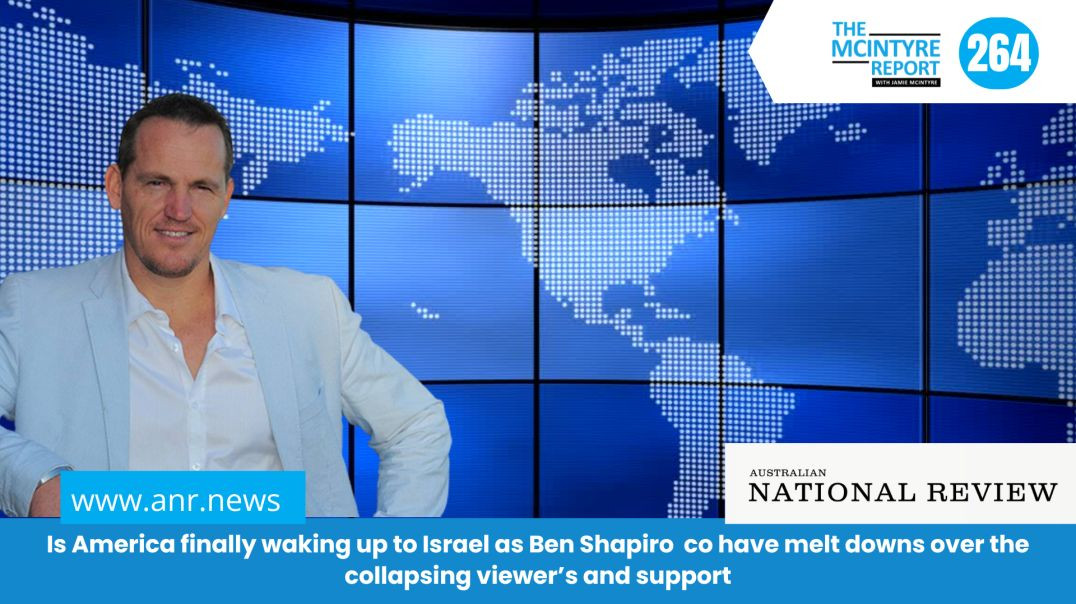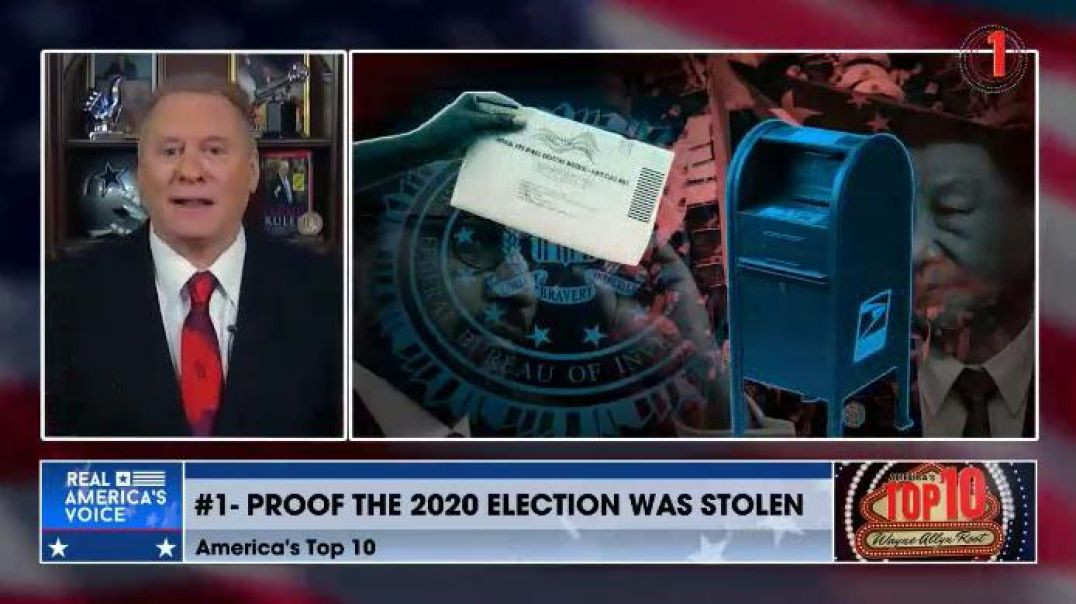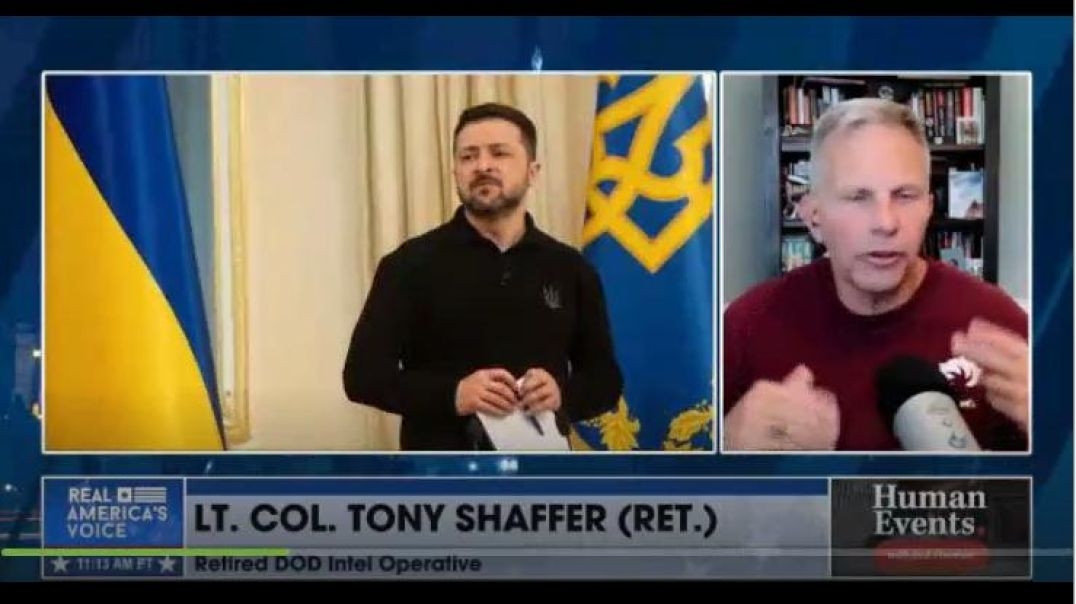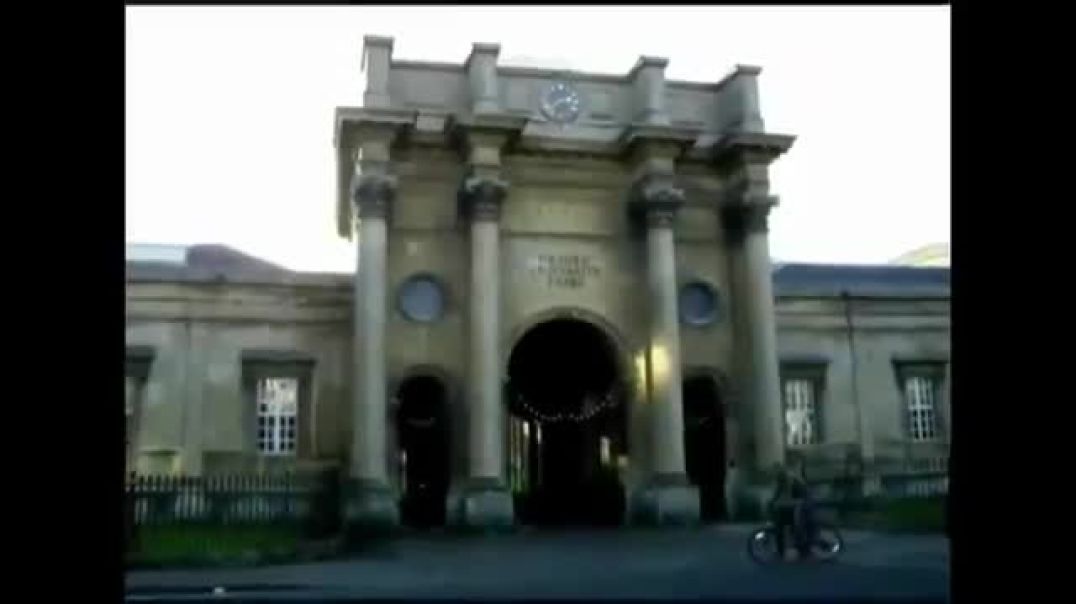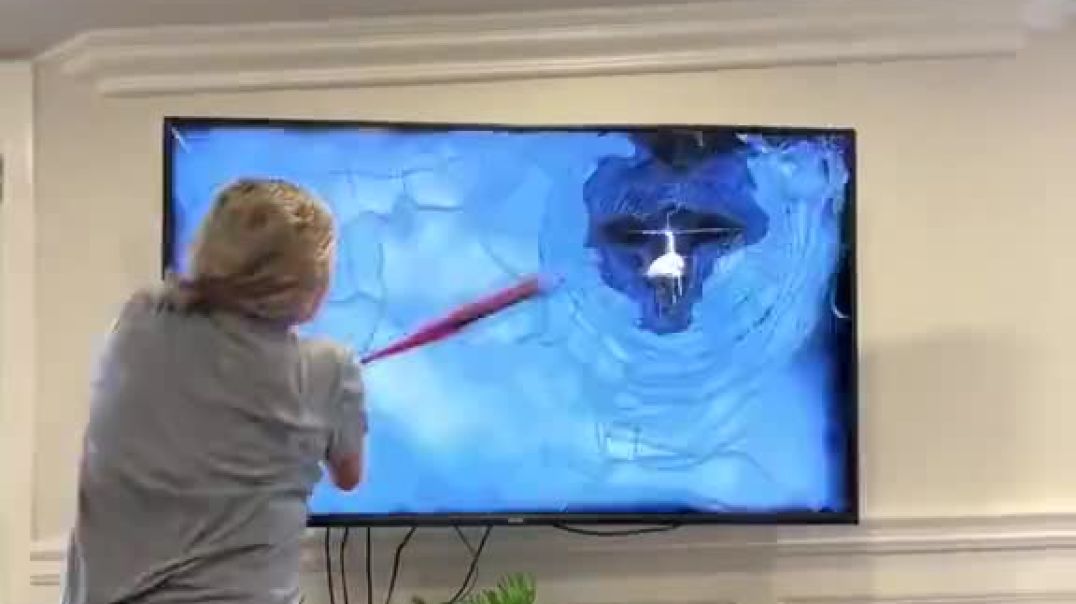Please donate now to help fund our work
- Film & Animation
- Music
- Pets & Animals
- Sports
- Travel & Events
- Gaming
- People & Blogs
- Comedy
- Entertainment
- News & Politics
- How-to & Style
- Non-profits & Activism
- McIntyre Report
- Jamie McIntyre uncensored
- RAW Report
- Candace Owens
- Steve Kirsch
- Tucker
- Bongino
- Elon musks
- Alan Jones Australia
- RT News
- Wayne Crouch Show
- Other
It's Reality! First Ever Warp Bubble Has Finally Been Created!
There are so many places and things to explore in the universe! From distant
exoplanets to faraway galaxies that might host intelligent life, to massive black holes, to
bright stars. However, there is a problem with space exploration; distance! Everywhere
you want to go in deep space is far! For example, Elon Musk wants to put humans on
Mars permanently while NASA wants to send astronauts there. However, any traveler
going to Mars has to endure a grueling trip through harsh space that lasts not less than
five months, even with the most powerful rocket in history! If only we could find a faster
way to travel through space! Also, the next star to us is about 4.5 light-years away,
making it impossible to visit with the current space technologies! However, an
accidental discovery promises to fix that problem by enabling faster than the speed of
light travel! What is the discovery, how does it affect space travel, and how does it affect
you personally? Join us as we explore how NASA scientists accidentally discover the
world's first Warp Bubble!
Warp travel is not strange to fans of the Star Trek franchise. The warp drive is a
charming futuristic technology from Star Trek Universe, which since its first episode in
1966, includes ten television series and thirteen feature films. In these series and
movies, characters explore the universe using powerful and fast spaceships, traveling
from planet to planet and communicating with a crew of aliens. The torsion engine is the
center of attraction because, without it, the story would be implausible. The universe is
strange, unimaginable, and insanely large, and even if you want to visit the next star,
the immense cosmic distances create an almost impossible barrier!
Let's take a look at the next star, Proxima Centauri, 4.5 light-years away. This distance
means it takes 4.5 years to reach the star if you could manage to attain the speed of
light! Light flies at full cosmic speed and acts as a sort of universal speed cap, so any
other method takes longer! In fact, if you decide to use the fastest space probe ever
built, the long journey through the interstellar void would take nearly eight thousand
years! So, it makes sense to stay put to Earth and its immediate environment!
Of course, the Star Trek crew didn't stay close to the Earth because they found a
solution! This solution makes long-distance travel possible by shortening the distance!
The torsion engine, using warp drive tech, achieves this by juggling space and time,
making for great entertainment! Warp drive was destined to remain imaginary until a
scientist suddenly realized that such an engine was really possible at the end of the last
century!
The physicist was Miguel Alcubierre, and he came up with a theory that rocked the
scientific community globally. In 1994, Alcubierre watched an episode of Next
Generation while doing his Ph.D. research on Einstein's general theory of relativity,
where heavy masses can curve space and time. And so Alcubierre picked up a scrap of
paper, did the calculations, and laid the foundation for an article that appeared in the
science magazine later that year!
In his paper, Alcubierre describes how you can compress space and time in front of a
spacecraft and stretch it back behind the ship so that you have to travel a much smaller
distance to the desired destination safely trapped in what he calls a torsion bubble! In
visualization, the concept was compared to a surfer riding a wave and a metaphor often
used to describe how a ship could travel the stars. There is, however, a problem with
Alcubierre's warp bubble! You see, the warp engine is tough to build in reality! You can't
just curve space forcefully with normal mass! To do so, you need exotic matter, which
has negative gravity!
Dozens of Warp Engine publications would follow in the following decades. But they
also remained theoretical exercises and thought experiments that manipulated the
formulations of the theory of relativity in search of new insights. The need for the foreign
matter remained!
That was until Eric Lentz, a physicist at the Pacific Northwest National Laboratory in the
US, stepped in. He watched Star Trek as a kid. However, he has not been able to forget


